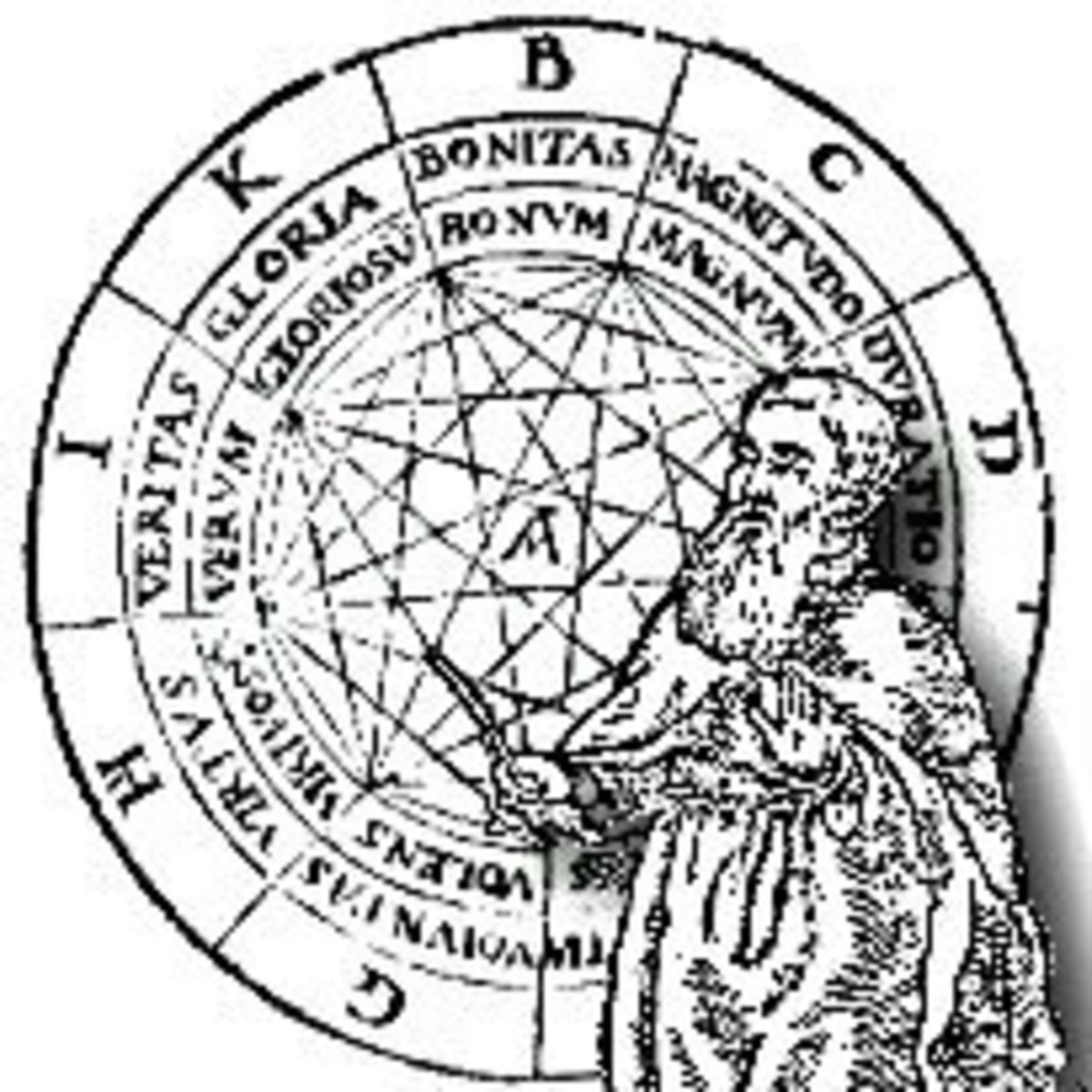The Person-centred and the Psychodynamic Approach to Counselling
Person-centred and Psychodynamic Approach - Different Ways to Understand Humans
This essay will describe two approaches to counselling, the person-centred approach and the psychodynamic approach. It will look about the ways, how persons and their mental experiences could be seen, how individuals cope with psychological problems and how counselling could offer help for them.
When Carl Rogers in 1940 spoke about new concepts to psychotherapy he caused a new role for counsellors and also for the empowerment of clients to change their life themselves. Against former kinds of therapy the relationship between counsellor and client developed to a non-directive and client-centred approach through concepts of empathy, congruence and acceptance.
Counsellors shows in reflective mode in this new therapy the individual person with their experiences and own developmental opportunities, encourage these persons to create own goals and personal lifestyles.
Important for the person-centred approach is the role and image of the client as individual, which develop in an ongoing process and lifelong learning through experiences own primary needs in his or her special social surrounding. One of them is the need for self-actualization and one is the need for social contacts, for be loved and respected by other people.
Rogers ideas about humanity have great influence to his view of clients as authentic and self-aware persons able for decisions, which are not only focused on himself or herself, but for other people and wider society too. Rogers phrase of "conditions of worth" shows his beliefs in a universal morality in which the childs self-concept is growing shaped by parental values.
In difference to the psychodynamic approach, which sees humans in a model of developmental stages and as conflicted with unresolved childhood process has a client in the person-centred approach the opportunity to live in the here and now, to actualize his understanding of experiences when he or she chose to do so.
Freud has created his ideas, which described understanding pathology and illness in static kind in persons in his work to the psychodynamic approach. Rogers sees main features of a fully functioning person so:
"he is able to experience all his feelings, and is afraid of none of his feelings. He is his own sifter of evidence from all sources; he is completely engaged in the process of being and becoming himself, and thus discovers that he is soundly and realistically social; he lives completely in this moment, but learns that this is the soundest living for all time. He is a fully functioning organism, and because of the awareness of himself which flows freely in and through his experiences, he is a fully functioning person." ( Rogers, 1963 )
Rogers shows this person as a congruent being, able to guide his or her actions through using and accepting feelings and experiences.
The person is not labelled and diagnosed, but seen as an individual in process and also with phases of despair and disorientation. The counsellor is in a reflective partnership with the client to enable him or she to selfactualization and to develop his or her self-concept. Important for this therapeutic relationship is the philosophical attitude and not the technical expertise of the counsellor. Rogers describes conditions for a healing process through a counselling relationship, in which the client is valued and fully accepted.
The "core conditions" model sees "two persons in psychological contact, one is in a state of incongruence, being vulnerable and anxious and one, the therapist, is congruent or integrated in the relationship. The therapist experiences unconditional positive regard for the client and has an empathic understanding. The communication to the client of the therapists empathic understanding and unconditional positive regard is to a minimal extent achieved." ( Rogers, 1957 )
In difference the psychodynamic approach sees the counsellor as an expert, who search for unresolved childhood stages and unconscious reasons for human actions. Freud was reasoning many disturbes in behaviour in sexual related childhood experiences and defence mechanisms. Transference, repression, projection, denial, splitting and projective identification are such defence mechanisms to avoid internal conflicts.
In psychoanalytic theory troubled relationships are caused from behavioural patterns in former relationships, especially with parents or other close persons and leads to lifelong disturbing feelings and pathological patterns.
The role of the counsellor to interpret dreams, thoughts, fantasies and unconscious memories with methods of counter-transference, analysing resistances and defences, free association of using language and meanings of the client is in comparison to the person-centred approach very different.
Eriksons view of the importance of early mother-child relationship to the childs learning trust or mistrust in the world is an example for developmental reason for disturbed relations in later life. (Erikson, 1950 )
Bowlby saw this important early experiences in the attachment learning in childrens development, the loss or the closeness of attachment to the care persons will form the later ability for attachments and relationships for the child. ( Bowlby, 1969, 1973, 1980, 1988 )
In Freuds psychoanalytic approach he is describing humans as under the control of forces, individuals behaviour is expressing unconscious desires, memories and fantasies. People were seen as related to inner conflict of conscious and unconscious ideas and instincts. The aim of the therapy is to reach the clients insight and understanding of such conflicts to control this forces and the release of the emotional tension.
Both approaches have cultural and social backgrounds, the therapists have to be seen in this context, where they experienced their lifes and studied their basic knowledge in time and place. It is difficult to show inner worlds and feelings of clients by academic research. The difference is also to see in the expectations of clients, in a psychoanalytic therapy the client is awaiting interpretation and explanations of illness and disturbation with following medication or therapeutical sessions, and in the person-centred therapy the client is valued and respected as an individual, which can change behaviour or plan new ways when he or she would like to change.
Psychotherapy
My Personal View to the Topic
In my personal view I would prefer the person-centred approach, the relationship between counsellor and client is intented in a valuable and respected way, to find mutual responsibility and trust. The therapy can enable people to develop their full potential, like in human rights described as a existential need and right.
The methods in this counselling therapy I see as enabling and empowering clients to live their lifes in their own concept. Generalization of problems and lifestyles can not appear, because the person and his or her view on personal goals, limits and expectations is important and relevant. So I can see the individual decisions and views of the client valuable for the counsellor.
The person-centred therapy is in my eyes a modern and human worthy method for help and support, which is not judging and discriminating other peoples ideas or preferences.
In the psychoanalytic approach I see the danger of hurting the clients personal boundaries and through generalization of what is seeing right and what wrong, there can occur counsellors judgements and discrimination of other views and meanings .
Limits are very individual and dependent on personal experiences and cultural background, especially important are the ethnic origin and the upbringing itself.
We have no right to say, how other people have to live and how they should see the world. Cultural, ethnical and social differences create more and more diversity and freedom of thoughts in our surrounding communities. These changes in individuals meaning and population development can the therapy of person-centred approach fullfill best.
References
Bowlby, J. (1969 ) Attachment , London, Hogarth.
Bowlby, J. (1973 ) Separation, Anxiety and Anger,
London, Hogarth.
Bowlby, J. ( 1980 ) Loss, Sadness and Depression,
London, Hogarth.
Bowlby, J. ( 1988 ) A Secure Base: Clinical Appli-
cations of Attachment Theory, London,
Routledge.
Erikson, E.(1950 ) Childhood and Society, New York
NY, W.W. Norton
Rogers, C.R. (1957 ) The necessary and sufficient
conditions of therapeutic personality change
Journal of Consulting Psychology,21,
pp.95-103
Rogers, C.R. (1963 ) The concept of the fulling
functioning person, Psychotherapy:
Theory, Research and Practice, 1,pp.
17-26
Freud, S. (1933/1973 ) New Introductory Lectures
on Psycho-Analysis, Harmondsworth,
Penguin.
McLeod, J. (2003 ) Introduction to Counselling,
The Open University, Milton Keynes










